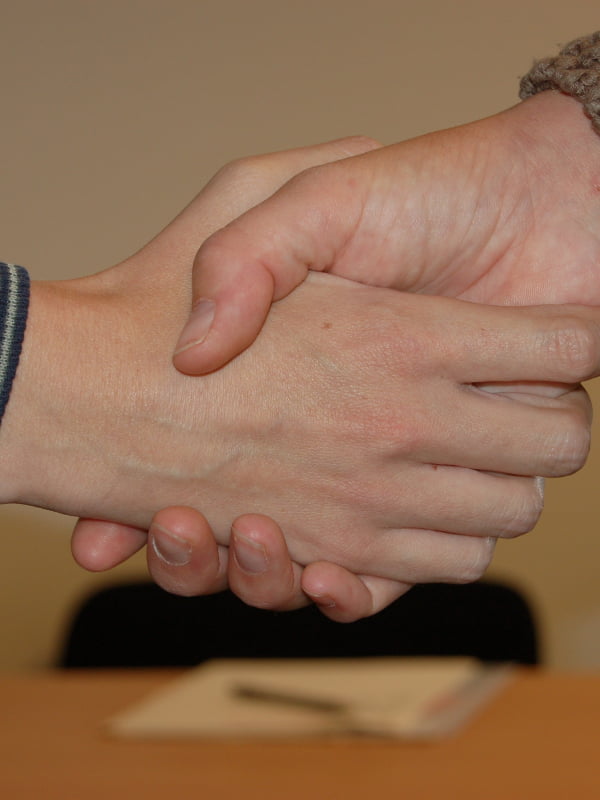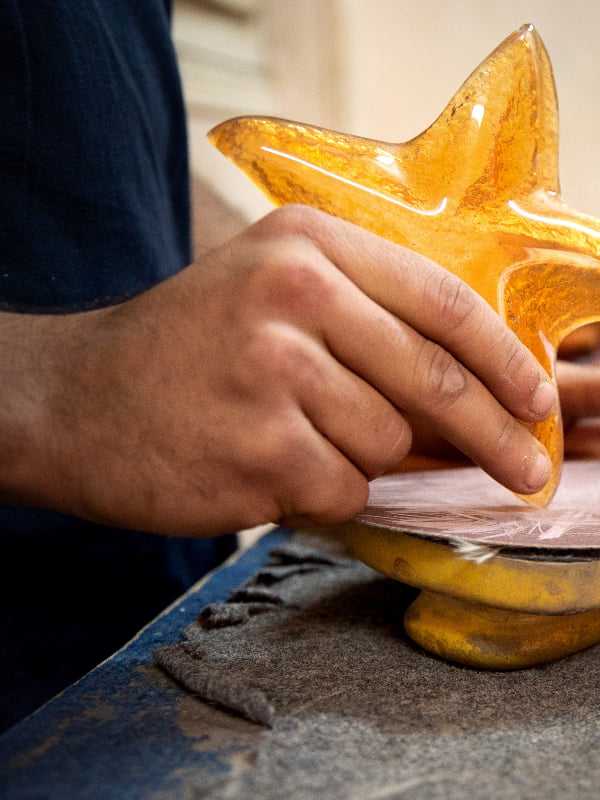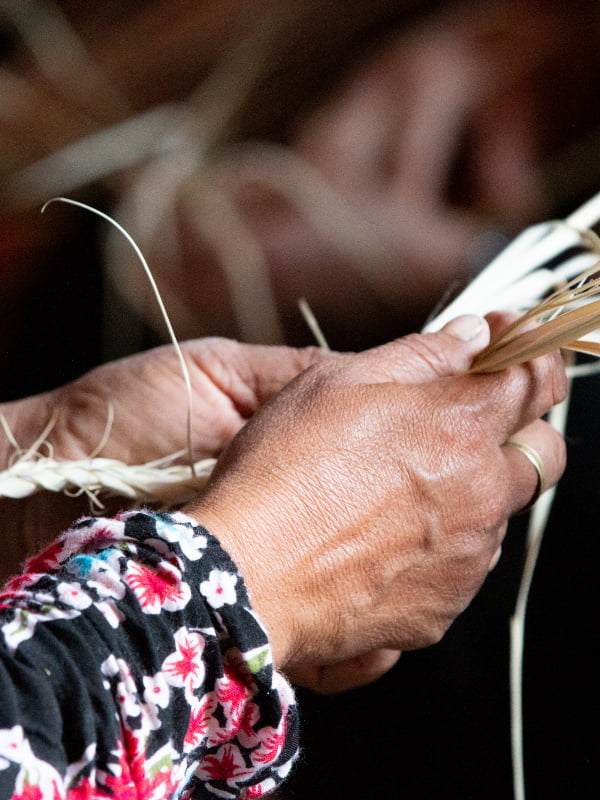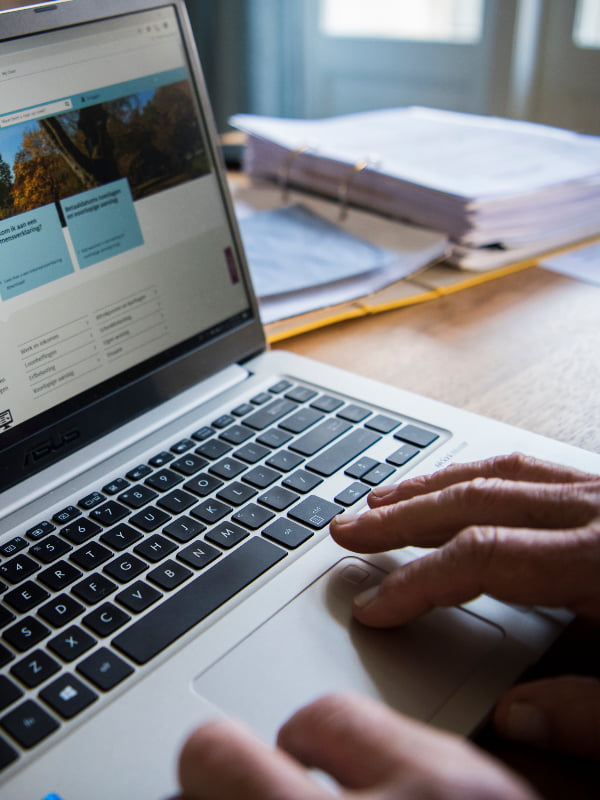Partners for Water - PVW-IVWW
Are you an international entrepreneur in the water sector? Would you like to use your innovative knowledge and expertise for water safety and security in deltas, delta cities, and river basins worldwide? If so, apply for a subsidy from the Partners for Water (PVW-IVWW) scheme.
Budget and application period
Partners for Water is closed for subsidy applications.
For whom
The PVW-IVWW subsidy scheme helps businesses, research organisations and NGOs that want to conduct a feasibility study or start a pilot project.
Before starting a pilot project, first, carry out a feasibility study. Your ultimate goal is to demonstrate locally to several parties that your technology, product, or service works and is effective and profitable.
In a feasibility study, you determine the project's strengths, weaknesses, risks, and opportunities. You investigate a problem that your method, technology or approach may solve. In preparation, you look at the project's financial and legal sides, potential partners, market prospects, and competition, among other things.
The feasibility study should show whether your solution has enough chance to be successful. If not, there is no need to invest in a pilot project. If so, it may be a reason to start the pilot project.
Please note: A feasibility study is not a general investigation of a problem, identification of an issue, or identification of possible solutions to it.
In the feasibility study, the applicant has:
- explored the market in advance;
- a possible recipient (beneficiary) in the country of application in mind; and
- a clear and realistic picture of the proposed pilot project at the start of the feasibility study.
Project size and subsidy percentages
The maximum project size (eligible costs) of a feasibility study in 2025 ranges from €25,000 up to €250,000. The subsidy contribution is a maximum of 50-70% of €250,000. Check the overview of eligible costs in the Budget form on the Explanation tab. The subsidy percentage depends, among other things, on the size of your company or NGO, the type of business, and collaborations.
For this subsidy scheme, your pilot project must solve a clearly defined problem in a local foreign situation.
Experimental development
A pilot project should always involve experimental development (testing and trying out). This involves obtaining, combining and using existing scientific, technological, business and other knowledge and skills. The knowledge and skills should be relevant to developing new or improved products, approaches or services. This development phase may include:
- prototyping: making a model to test its functionality;
- demonstration;
- pilot development;
- testing and approving new or improved activities.
Routine or periodic modification of existing products, production lines, manufacturing processes and services does not fall under experimental development.
Testing the solution in practice
A working prototype is mandatory. The purpose of a pilot project is to:
- test your solution in practice and adapt it to site conditions abroad on a small and feasible scale;
- make further technical improvements to products, procedures or services so that they work well in specific local conditions.
This way, you can show your customer that your solution or method works. After the demonstration, the customer can make a decision more quickly.
A pilot project is not a knowledge enhancement project
The products, approaches or services within a pilot project use innovative Dutch knowledge and experience in water safety and security. Pilot projects are not aimed primarily at strengthening knowledge. Yet, knowledge enhancement such as capacity building, training, knowledge transfer or behavioural and cultural change can be part of a pilot project. In that case, they must contribute to ensuring that the project continues to meet the required quality standards.
Project size and grant percentages for pilot projects
A pilot project's maximum size (eligible costs) ranges from €25,000 up to €600,000. The subsidy contribution is a maximum of 40-60% of the project size. You must clarify how you will finance the remaining 40 to 60% of the budget. Check the overview of eligible costs in the Budget form on the Explanation tab. The subsidy percentage depends, among other things, on the size and type of your enterprise and collaborations.
The types of organisations that can participate
This subsidy is available to specific types of organisations. Use the table below to determine whether your organisation meets the criteria and in which role. The table follows the General Block Exemption Regulation (GBER). This sets out the conditions for granting state aid.
| Registered office in | Entity | Applicant | Partner | Third-party |
| Domestic | company | yes | yes | yes |
| research institute | yes | yes | yes | |
| NGO | yes | yes | yes | |
| governments, including water boards |
no |
economic activities: yes non-economic activities: no |
yes | |
| Foreign without a location in the Netherlands |
company | no | yes | yes |
| research institute | no | yes | yes | |
| NGO | no | yes | yes | |
| governments, including water boards |
no |
economic activities: yes non-economic activities: no |
yes |
Project aim
Partners for Water (PVW-IVWW) aims to foster water safety and security abroad in deltas, delta cities or river basins. Water safety and security mean sustainable protection from too much, too little or too dirty water. To achieve this, you will use innovative Dutch knowledge and expertise. These must be innovative within the context in which they are being used. You must adapt your knowledge to local circumstances. This subsidy is not for financing or scaling up proven knowledge.
This scheme falls under the Partners for Water (PVW-IVWW) 2022-2027 programme. This is a programme from the Netherlands International Water Ambition (NIWA). NIWA aims to increase water safety and security for humans, plants and animals.
Terms and conditions
Partners for Water projects must meet the following terms and conditions:
Intake form and interview: You start by submitting an intake form. You will then have a mandatory intake interview with our advisor, after which you can apply for a subsidy. See 'How to apply' for more information on the interview, the intake form, and the application deadline per opening.
Activities: You submit a subsidy application for activities focusing on experimental development (testing and developing) for water safety and security in the permitted countries. Experimental development is between Technology Readiness Levels (TRL) 5 and 8. TRLs indicate the degree of technological development. For more information, see the European Union's Technology Readiness Levels (TRL). Use this information to check whether your project meets the feasibility study or pilot project requirements. In the project plan, you should indicate the TRL level at the start of your project and after completion.
Countries: The subsidy scheme is open to pilot projects and feasibility studies in almost all countries. You cannot submit a subsidy application for conflict countries or fragile states, as specified in Category B in Appendix 1 of the scheme.
Project scope: The total eligible project costs are at least €25,000. Please note this is after deducting any benefits (revenues/income) during the project period. For a feasibility study, these do not exceed €250,000. For a pilot project, these do not exceed €600,000.
Eligible costs: The following costs are eligible for a subsidy:
- personnel costs;
- material costs;
- depreciation on machinery to be used;
- costs for products or services from third parties, such as travel and accommodation expenses. If you list third-party costs, consider whether you can change the supplying party for another party. If not, consider whether this party should be part of your partnership. As a partner in a partnership, a party is more involved in the project. This will offer your project more security.
Duration of activities: You must complete the pilot project's activities within 2 years of the date of our project approval. For feasibility studies, a term of 1 year applies, and there is no mandatory start date.
Topics: The application must focus on one of the following topics:
- drinking water;
- sanitation;
- water quality and availability;
- climate adaptation, drought and flooding risks, river basin management, resilient cities;
- biodiversity and water-related ecosystems;
- food production and sustainable agriculture;
- water infrastructure, sustainable waterways, and ports resilient to climate change, but no onshore activities.
Target group: The pilot project or feasibility study has a clear target group in the country of application.
Applicant: A business, research organisation, or NGO applies for funding, possibly on behalf of a partnership. The applicant must have a permanent establishment in the Netherlands no later than the decision on your application.
Own contribution: Each partner applying for a subsidy of more than €25,000 must show how they will finance the remaining costs through other means. There are 4 ways to do so:
- Own resources: Send 2023 financial statements with your application.
- A third party: Based on your financial statements, we will assess whether the carrying capacity is sufficient. If this is not the case, we will notify you. You can ask a third party to guarantee your contribution. In that case, you must submit a 'Third Party Guarantee' signed by the guarantor. You can draw up this document yourself. It must state at least that 'the guarantor guarantees the participant's own contribution required for € <insert amount> throughout the project'. You must also send us the guarantor's 2023 financial statements.
A person can act as a guarantor for their own contribution. In that case, send a recent bank statement in this person's name instead of an annual financial statement. The bank statement must show the bank balance and the guarantor's name. - In-kind payments: In the budget, you explain how you will make this contribution. You indicate the number of staff members, their hourly rates, duration, and average number of hours per week they will work on the project.
- From other funds or subsidies for the same activities: Send proof of these commitments. European Union government funds and subsidies are own contributions. But, to avoid stacking subsidies, we will deduct these amounts from the subsidy you can apply for from Partners for Water.
Your contribution to the SDGs: You have to show that your project contributes to at least 1 of the water-related Sustainable Development Goals (SDGs):
- SDG 2: Zero hunger
- SDG 6: Clean water and sanitation
- SDG 11: Sustainable cities and communities
- SDG 13: Climate action
- SDG 14:Life below water
- SDG 15: Life on land.
For more information on the SDGs, see the United Nations on SDGs.
Assessment criteria: We use 7 criteria to assess applications. One criterion weighs more heavily than another, which is called the 'weighing factor'. The Impact and Innovation criteria are the most heavily weighted.
Responsible Business Conduct (RBC): Your project follows the RBC guidelines. RBC is also a more heavily weighted factor. We ask you to:
- follow OECD Guidelines for Multinational Enterprises;
- show how you carry out activities following the OECD guidelines;
- conduct a risk analysis of social and environmental risks; and
- state the measures you will take to avoid and reduce these risks.
Our project advisor will discuss RBC with you, for example, how often to report on points of attention from your risk analyses. For more information, see Responsible Business Conduct (RBC).
Submitting multiple applications: During an opening, you can submit and be granted a subsidy for multiple applications for different, separate projects. All projects must meet the terms and conditions and follow separate intake interviews with our consultants.
For more information on terms and conditions, see the publication in the Government Gazette dated 2 May 2022 (in Dutch).
Budget
Partners for Water is a 6-year subsidy programme for applications between 2022 and 2025. For 2022-2027, a total subsidy of €15 million was available, divided over 6 openings. For the 2025 opening, the available budget was €2,566,227.
A subsidy of no more than 70% of the eligible project costs is up for reimbursement for each project. The percentage for your organisation depends on the following:
- the type of project: pilot or feasibility;
- the type of organisation: enterprise, research institute or NGO;
- the size of your organisation; and
- whether you carry out the project with partners.
The available budget per opening is as follows:
Percentages of budgets for Partners for Water
|
|
Large organisation | Medium-sized organisation | Small organisations, including micro |
NGO, research organisation |
Duration |
| Base | 50 | 50 | 50 | 70 | |
| Increase for the type of organisation | - | 10 | 20 | - | |
| Total | 50% | 60% | 70% | 70% | 1 year |
| Large organisation | Medium-sized organisation | Small organisations, including micro |
NGO, research organisation |
Duration | |
| Base | 25 | 25 | 25 | 60 | |
| Increase for the type of organisation | - | 10 | 20 | - | |
| Increase in the case of, for example, a collaboration with at least 1 SME or for sharing project results extensively through conferences, publications, open data sources, and so on |
15 | 15 | 15 | - | |
| Total | 40% | 50% | 60% | 60% | 2 years |
Project management downloads
The applicant has to complete a project summary at the start and end of the project. Please use the project summary form below. Send the summaries to administratiepvw@rvo.nl within 6 weeks of the start and end of the project.
The grant decision states specific reporting obligations and deadlines. The main applicant is responsible for the timely fulfilment of these obligations.

Partners for Water in practice
Watch this video on water-saving irrigation technology for farming in Ghana.
Publications
- Government Gazette (in Dutch)
- Government Gazette publication 28 May 2024 (in Dutch, pdf)
- Ministry of Foreign Affairs
- Ministry of Economic Affairs
- Ministry of Infrastructure and Water Management
- Ministry of Agriculture, Fisheries, Food Security and Nature



